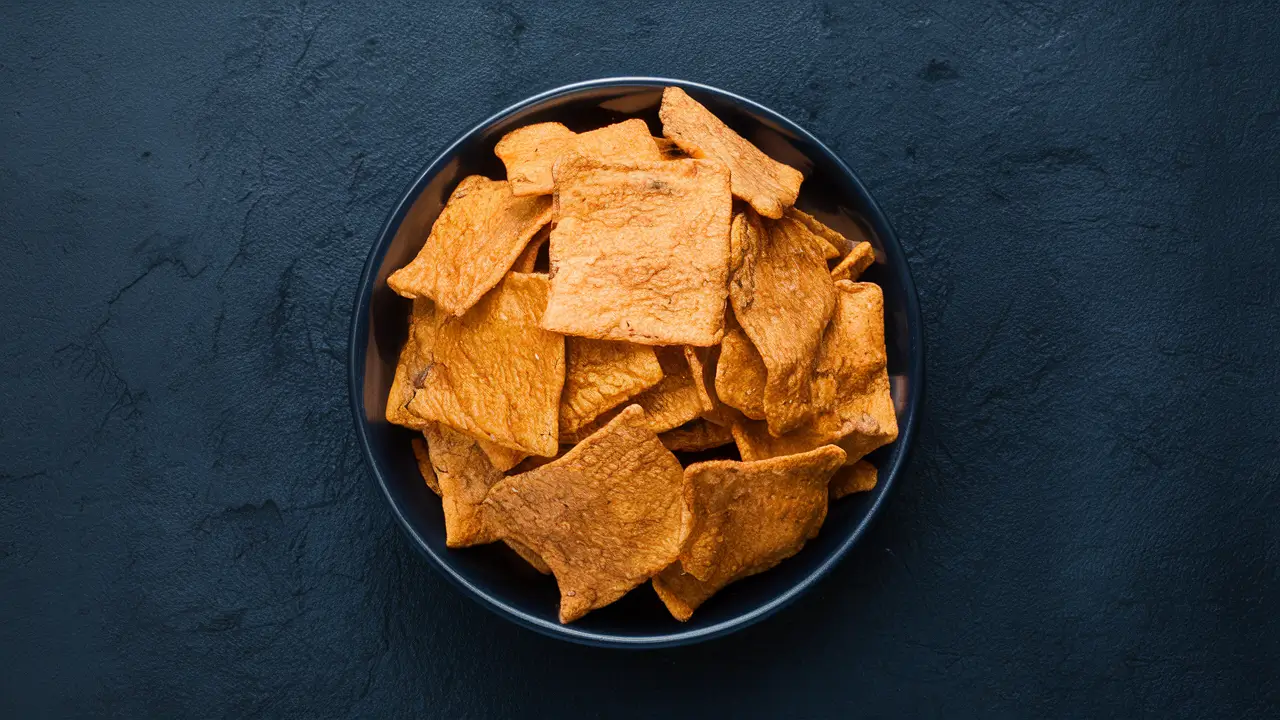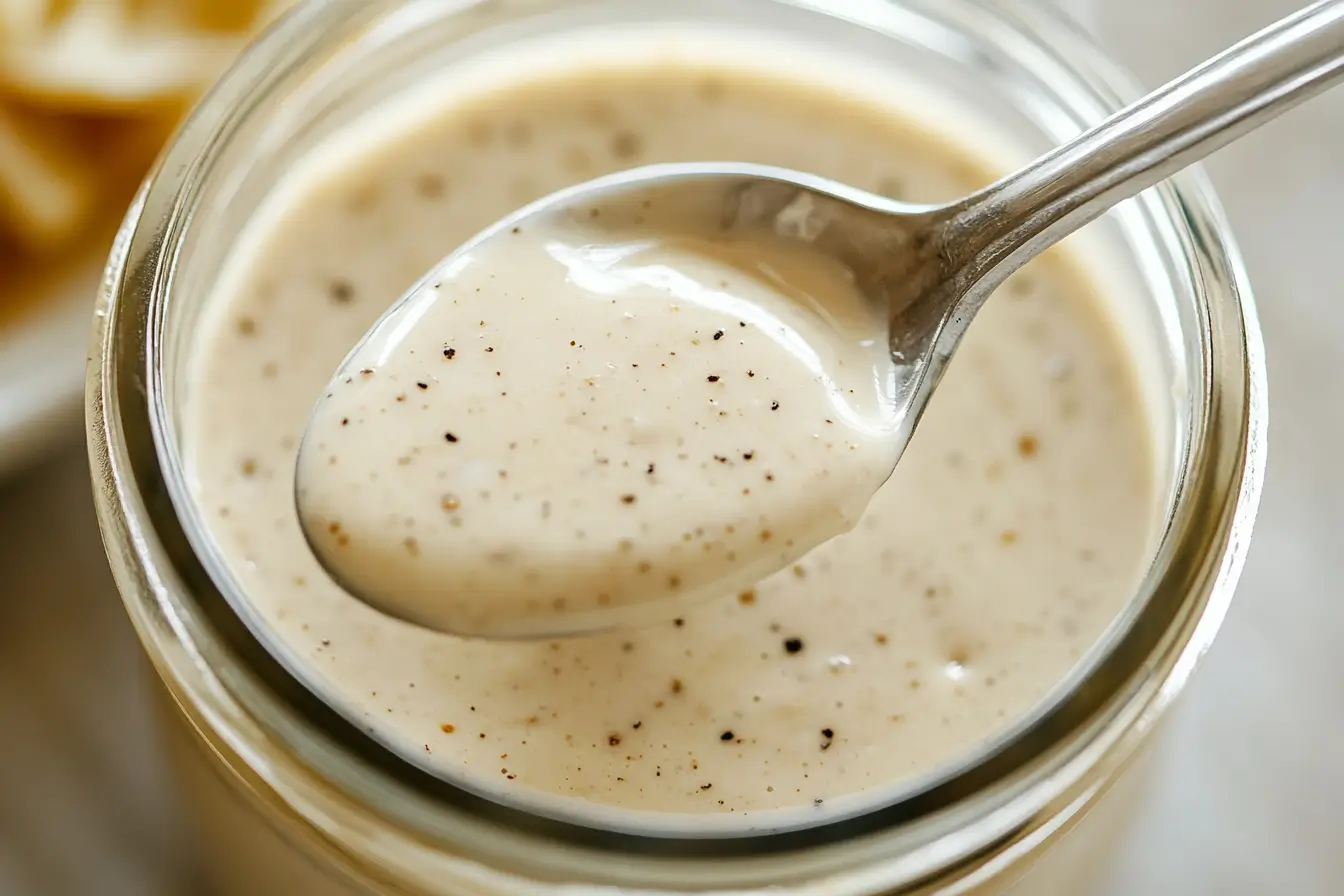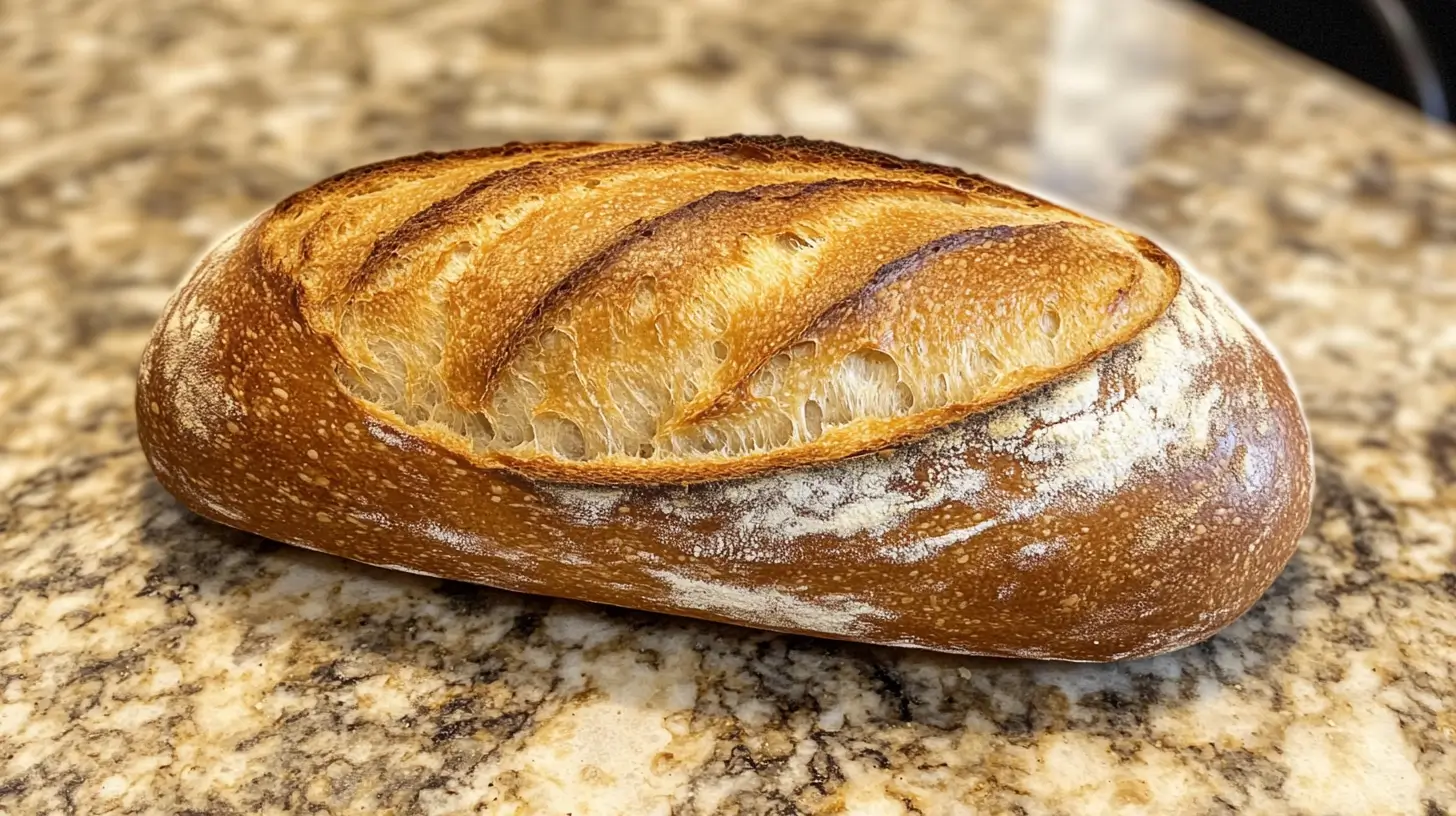In the quest for healthier snack options, keto chips have emerged as a popular choice among those following a ketogenic diet. This article explores what keto chips are, their benefits, how to make them at home, the best brands, and how to integrate them into your diet effectively.
What are Keto Chips?
“Keto chips serve as a snack option designed to comply with the ketogenic diet’s high-fat, moderate-protein, and low-carbohydrate guidelines. Regular chips are typically high in carbs, which doesn’t suit the keto diet’s requirements. Manufacturers create keto chips from low-carb ingredients to provide a satisfying crunch without going over carb limits.
Manufacturers can use a variety of ingredients such as almond flour, coconut flour, cheese, zucchini, kale, or other low-carb vegetables to make these chips. Often, they season these chips with herbs and spices to enhance the flavor without adding carbs. You can make keto chips at home or buy them from stores that promote them as keto-friendly alternatives to traditional potato chips or other high-carb snack options. They are popular among those following the keto diet who still want to enjoy a crunchy snack without breaking their carb budget.
Types of Keto Chips Available
There are several types of keto chips available on the market, catering to different tastes and preferences. Here are some popular varieties:
1. Cheese Chips: Made primarily from baked cheese, these chips are rich in flavor and naturally low in carbohydrates. They can be made with various types of cheese such as cheddar, parmesan, or mozzarella.
2. Vegetable Chips: These include chips made from low-carb vegetables like kale, zucchini, radish, and turnips. They are typically seasoned and baked or dehydrated to achieve a crispy texture.
3. Almond Flour Chips: Almond flour provides a low-carb alternative to traditional grain flour, making it ideal for keto-friendly chips. These chips often include eggs, cheese, and seasonings to enhance flavor and texture.
4. Coconut Flour Chips: Similar to almond flour chips, these are made using coconut flour for a sweet, nutty flavor and are combined with other keto-friendly ingredients.
5. Seed Crackers: A mixture of seeds like flax, chia, and sunflower seeds, these crackers are nutrient-dense and very low in carbs. They are often bound together with egg or cheese.
6. Protein Chips: Made from protein-rich ingredients like whey or collagen, mixed with fiber to keep the carb content low. These chips are designed to satisfy protein needs while fitting into a low-carb diet.
7. Pepperoni Chips: Thinly sliced pepperoni baked until crisp can serve as a tasty and convenient keto snack.
Each type of keto chip offers a unique set of flavors and textures, making it easy for those on a ketogenic diet to find a snack that satisfies their craving for crunch without compromising their nutritional goals.
Benefits of Keto Chips
Keto chips offer several benefits, particularly for those following a ketogenic diet or anyone looking to reduce their carbohydrate intake. Here are some key advantages:
1. Low in Carbohydrates: Keto chips are designed to be low in carbs, which helps maintain the state of ketosis for those on the ketogenic diet. Ketosis is a metabolic state in which the body burns fat for fuel instead of carbohydrates, which can lead to weight loss.
2. High in Healthy Fats: Many keto chips are made with ingredients that are high in healthy fats, such as coconut oil, cheese, and nuts. These fats can help to keep you feeling full longer, reduce hunger, and provide sustained energy.
3. Gluten-Free: Most keto chips are naturally gluten-free, making them a safe snack option for those with gluten sensitivities or celiac disease.
4. Rich in Nutrients: Depending on the ingredients used, keto chips can be a good source of essential nutrients. For example, those made with seeds or nuts provide protein, fiber, vitamins, and minerals.
5. Convenient and Portable: Like traditional chips, keto chips are easy to pack and carry, making them a convenient snack for on-the-go eating.
6. Satisfies Cravings: Keto chips provide a crunchy texture and savory flavors that many people miss when they cut out high-carb snacks like regular chips. This can make it easier to stick to a strict diet plan by reducing feelings of deprivation.
7. Versatile: There are many different types available, made from various ingredients, which means they can be included in many different types of meals or used as a versatile snack.
Overall, keto chips are a practical and enjoyable snack option for those looking to reduce their carbohydrate intake while still enjoying the pleasure of snacking. They align well with the goals of the ketogenic diet and offer a balance of taste and nutritional benefits.
Making Keto Chips at Home
Making keto chips at home is a straightforward and customizable process. You can choose from a variety of ingredients based on your taste preferences and dietary needs. Here’s a basic guide to making your keto chips, with a few different options to suit various flavors and textures.
Basic Cheese Chips
Ingredients:
• 2 cups shredded cheese (such as cheddar, parmesan, or mozzarella)
Instructions:
1. Preheat your oven to 400°F (200°C).
2. Prepare parchment paper to line a baking sheet.
3. Place small heaps of cheese on the parchment paper, spaced well apart.
4. Flatten each heap slightly to form a circle.
5. Bake for 5-7 minutes or until the edges turn golden brown and crispy.
6. Let them cool before removing them from the baking sheet to help them crisp up.
Vegetable Chips (e.g., Zucchini or Kale Chips)
Ingredients:
Two medium zucchinis or a bunch of kale
1-2 tablespoons olive oil
Salt and seasonings to taste (such as paprika, garlic powder, or black pepper)
Instructions:
1. Preheat your oven to 300°F (150°C).
2. Thinly slice zucchini or tear kale leaves into bite-sized pieces, removing the stems.
3. In a bowl, toss the slices or leaves with olive oil and your chosen seasonings.
4. Spread them out on a baking sheet lined with parchment paper.
5. Bake for about 15-20 minutes for kale (or until crispy), and slightly longer for zucchini, flipping halfway through.
6. Remove from the oven and allow to cool to crisp up.
Almond Flour Chips
Ingredients:
1 egg
1/2 teaspoon salt
1 cup almond flour
For seasonings: onion powder, chili powder, or herbs
Instructions:
1. Preheat your oven to 350°F (175°C).
2. Mix all ingredients in a bowl to form a dough.
3. Place the dough between two sheets of parchment paper and roll it out to the desired thickness.
4. Remove the top sheet of parchment and cut the dough into chip-sized pieces.
5. Transfer the bottom sheet with the dough to a baking sheet.
6. Bake for 12-15 minutes or until golden and crispy.
7. Let cool before breaking the chips apart.
These recipes can be modified by adding different cheeses, spices, and herbs to suit your taste. Making your keto chips at home not only allows you to control the ingredients and avoid additives found in commercial products, but it also provides a satisfying, crunchy snack that complements your low-carb lifestyle. Enjoy experimenting with flavors and textures!
Best Keto Chips Brands on the Market
If you’re following a ketogenic diet and looking for convenient snack options, several brands are offering keto-friendly chips on the market. These chips are designed to be low in carbohydrates and high in fats, fitting well within the keto dietary guidelines. Here are some of the best keto chip brands currently available:
1. Quest Nutrition: Known for its protein bars, Quest also offers protein chips that are low in net carbs and high in protein, making them a great keto-friendly snack. They come in a variety of flavors including BBQ, Sour Cream & Onion, and Cheddar & Sour Cream.
2. HighKey: HighKey makes mini cookies and snacks that are low in carbs and sugar. Their cheese and almond flour-based crackers are a crunchy, satisfying option with minimal net carbs.
3. Whisps: Specializing in cheese crisps, Whisps offers a range of flavors like Parmesan, Cheddar, and Asiago & Pepper Jack. These chips are made entirely from baked cheese, making them naturally low-carb and high in protein.
4. Hilo Life: These almond flour chips are tailored for keto dieters, offering flavors like Nacho Cheese, Ranch, and Spicy Salsa. They are low in carbs and provide a good amount of protein and fat.
5. Genius Gourmet: offers a variety of keto snacks, making their keto chips from high-quality ingredients in flavors like BBQ and Ranch. They are low in net carbs and high in fat, ideal for keto snacking.
6. Bunker Hill: Crunchy Cheese Crisps consist of real cheese baked until crisp, offering a superb low-carb alternative to traditional chips.
These brands offer various flavors and chip types, from cheese-based to flour-based options, ensuring that there’s something for every taste preference. They make it easier for those on a ketogenic diet to enjoy a crunchy snack without compromising their carb limit.
Challenges in Consuming Keto Chips
While keto chips are a convenient and tasty option for those following a ketogenic diet, several challenges come with consuming them:
Calorie Density: Due to their high fat content, keto chips are often calorie-dense. Consuming too many of these snacks can lead to a calorie surplus, potentially hindering weight loss goals, even in a low-carb diet.
Nutritional Balance: Keto chips offer a low-carb snack alternative but are not always rich in nutrients. They are mainly composed of fats and proteins and may lack essential nutrients such as fiber, vitamins, and minerals found in whole foods.
Cost: Keto-friendly products, including keto chips, usually cost more than non-keto alternatives. This can make maintaining a keto diet more expensive over time, particularly if you consume these snacks regularly.
Artificial Ingredients and Additives: Some keto chips on the market might contain artificial flavors, preservatives, and additives, which some people might choose to avoid for health reasons.
Over-reliance on Processed Foods: Heavy reliance on processed snacks like keto chips can lead to a diet lacking in variety, which may make it challenging to obtain a broad spectrum of nutrients. Whole foods generally offer more balanced nutrients compared to processed snacks.
Temptation to Overeat: Marketers promote these snacks as keto-friendly, which may encourage overindulgence. However, moderation is crucial in any diet, and overeating even low-carb snacks can be counterproductive.
Digestive Issues: High-fat snacks, including many keto chips, can cause digestive discomfort for some individuals, especially if consumed in large quantities. Symptoms may include bloating, gas, and indigestion.
Maintaining Ketosis: Although keto chips are designed to be low in carbs, different brands and types may still contain varying levels of carbohydrates. These can add up quickly if not carefully monitored, possibly impacting ketosis.
Choosing keto chips made from whole, minimally processed ingredients and consuming them in moderation alongside a varied diet can help address some of these challenges, ensuring the benefits of a ketogenic lifestyle are realized without unnecessary drawbacks.
Incorporating Keto Chips into Your Diet
Incorporating keto chips into your diet can be a delightful way to enjoy snacks without straying from your ketogenic diet goals. However, like with any dietary addition, moderation, and strategic use are key to maintaining balance. Here are some tips on how to incorporate them into your diet effectively:
1. Portion Control: Measure out servings of keto chips rather than eating directly from the package. This helps prevent overeating and keeps your daily macro goals on track.
2. As Part of a Meal: Use keto chips as a crunchy side to balance out a meal of protein and vegetables. This can help add texture and variety to your meals without relying solely on the chips for satiety.
3. With Healthy Dips: Pair keto chips with healthy dips like guacamole, salsa, or a homemade keto dip such as a Greek yogurt herb dip. This not only makes for a tastier snack but also adds nutritional value, such as additional healthy fats and fibers.
4. As a Salad Topper: Crush a small serving of keto chips and use them as a topping on salads to add crunch. This is a great alternative to croutons, which are typically high in carbohydrates.
5. Moderate Consumption: Even if they fit within the ketogenic framework, it’s important to consume keto chips in moderation. Focus on maintaining a diet that’s primarily made up of whole, nutrient-dense foods.
6. Choose Wisely: Opt for keto chips that are made from whole food sources and contain minimal additives. Read labels carefully to ensure they do not contain excessive artificial ingredients or carbs.
7. Homemade Options: Consider making your keto chips at home. This gives you control over each element and keeps any unnecessary additions out.
. You can experiment with different seasonings and vegetables like kale, zucchini, or radishes.
8. Snack Mindfully: Treat keto chips as you would any snack. Enjoy them mindfully, perhaps with a cup of tea or during a planned break in your day, which can help you appreciate them more and feel satisfied with smaller amounts.
Incorporating keto chips into your diet can help satisfy your snack cravings without derailing your dietary goals, as long as you choose wisely and consume them in a balanced way.
Future Trends in Keto Snacking
The popularity of the ketogenic diet continues to shape the snacking industry, driving innovation and expanding the market with new products. As consumers increasingly demand healthier, convenient, and diet-specific options, the future of keto snacking is likely to see several evolving trends:
1. Increased Variety and Sophistication: As the keto market matures, expect a wider variety of snack options that go beyond the basic cheese or meat-based products. This includes keto-friendly versions of popular snacks like granolas, pretzels, and even gourmet-style concoctions that incorporate exotic flavors and ingredients.
2. Plant-Based Keto Snacks: With the rise of plant-based diets, there’s a growing intersection with keto-friendly products. More vegan and vegetarian keto snacks that use low-carb plant ingredients, such as coconut, nuts, and avocado, are likely to appear on the market.
3. Functional Ingredients: Keto snacks that offer additional health benefits, such as added fiber, probiotics, or plant-based proteins, will become more common. These functional snacks aim to support overall health beyond just adhering to keto macros, appealing to health-conscious consumers.
4. Clean Label Products: Consumers are increasingly scrutinizing labels for simple, recognizable ingredients. Keto snacks with clean labels—free from artificial additives, preservatives, and fillers—are likely to be preferred as people seek both keto-friendly and wholesome options.
5. Improved Taste and Texture: As food technology advances, the taste and texture of keto snacks are expected to improve, making them more appealing to a broader audience. This includes developing products that more closely mimic the mouthfeel and flavor of high-carb favorites.
6. All-in-One Meal Replacements: There’s a growing trend for snacks that are not just about indulgence or a quick bite but can act as functional meal replacements. These keto snacks will likely be balanced for nutritional content, designed to satisfy hunger, and provide adequate energy and nutrition in a convenient form.
7. Global Flavors: As the keto diet gains global traction, incorporating international flavors into keto snacks can cater to a diverse palate and intrigue adventurous eaters. This could include spices and culinary styles from African, Indian, or Latin American cuisines.
8. Sustainability Focus: The environmental impact of food production is a significant concern for many consumers. Keto snack brands that focus on sustainability—using ethically sourced ingredients and sustainable packaging—will attract eco-conscious buyers.
9. Subscription and Delivery Services: Direct-to-consumer sales models and subscription services for keto snacks are on the rise, offering convenience and personalized options for regular customers. This trend helps consumers maintain their dietary habits without the hassle of frequent shopping.
10. Intermittent Fasting Compatibles: With intermittent fasting and keto often going hand-in-hand, snacks that align well with fasting schedules and support metabolic health will likely become more prominent.
These trends reflect a broader shift in consumer behavior towards personalized nutrition and healthier lifestyles, with keto snacking at the forefront of merging dietary needs with gourmet and convenient food options.
Frequently Asked Questions
What makes a chip “keto-friendly”?
A chip is considered “keto-friendly” when it is low in carbohydrates, typically containing fewer than 5 grams of net carbs per serving. Additionally, these chips are usually made from ingredients such as almond flour, coconut flour, cheese, or low-carb vegetables like kale or zucchini.
Can eating keto chips help you lose weight?
Indeed, eating keto chips can be part of a weight loss strategy if included in a balanced ketogenic diet. Importantly, the key to weight loss is maintaining a calorie deficit, and they can satisfy cravings without adding excessive carbs that could disrupt ketosis.
Are there any allergens in keto chips?
Keto chips may contain common allergens such as nuts (almond flour), dairy (cheese), and eggs. Consequently, it’s important to read the ingredient list carefully if you have specific food allergies or sensitivities.
How can I make keto chips crispy without using too much oil?
To make these crispy with minimal oil, you can bake or air fry them. Specifically, for baking, spread the chips on a parchment-lined baking sheet and bake until crispy. Conversely, air frying is another efficient method that uses circulating hot air to make the chips crisp without needing much oil.
What are the best keto chips for a vegan diet?
The best chips for a vegan diet are those made from vegetable-based ingredients or those utilizing vegan-friendly products like coconut flour or nutritional yeast for flavoring. Particularly, look for chips made from kale, zucchini, or homemade flaxseed crackers.
How often should I eat keto chips if I am on a strict keto diet?
You should eat keto chips in moderation, even though they can be a convenient snack. Furthermore, focus on maintaining a diet that is rich in whole foods, and consider using them as an occasional treat rather than a daily staple. Moreover, this approach helps ensure you get a range of nutrients while staying within your carb limits.
Additionally, keto chips are more than just a trend; they are a sustainable part of a ketogenic lifestyle. Whether you buy them ready-made or prepare them at home, they offer a fantastic way to stay committed to your health goals while enjoying delicious, crunchy snacks.









